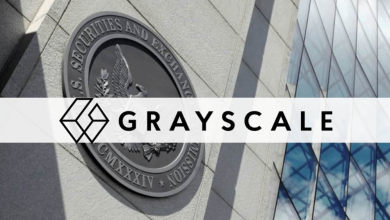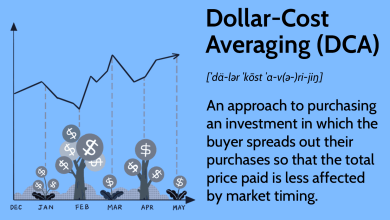Bank of Italy Warns on Multi-Issuance Stablecoin Risks


Why Multi-Issuance Stablecoins Are a Concern
“Although this architecture could enhance global liquidity and scalability, it poses significant legal, operational, liquidity and financial stability risks at EU level, particularly if at least one issuer is located outside the European Union,” Scotti warned. She urged that these tokens be restricted to jurisdictions with equivalent regulatory standards, with redemption at par guaranteed and clear cross-border crisis protocols enforced.
Her comments highlight growing regulatory unease that fragmented issuance could undermine the effectiveness of the EU’s new Markets in Crypto-Assets Regulation (MiCA), which requires issuers to be EU-authorized and subjects tokens to strict reserve, disclosure, and governance requirements. Algorithmic stablecoins, for example, are banned under MiCA.
Investor Takeaway
Stablecoins as Promising but Limited Payment Tools
Despite her warnings, Scotti acknowledged the potential of stablecoins to lower transaction costs, increase efficiency, and provide 24/7 payment availability. She emphasized, however, that only stablecoins pegged to a single fiat currency are suitable for use as payment instruments, as they ensure redemption at nominal value and maintain customer protection.
“It is worth noting that while various types of crypto products are used as a means of payment, only stablecoins pegged to a single fiat currency are suitable for this function,” Scotti said. This underscores the EU’s preference for narrowly defined, fiat-backed tokens over more experimental or synthetic designs that could undermine monetary stability.
Her remarks add to a growing body of statements by European policymakers stressing that stability, transparency, and robust supervision must be the foundation for any stablecoin deployment in the region.
Italy’s Firm Stance on Crypto Oversight
Italy has been particularly vocal in its calls for tighter oversight of digital assets. The country’s markets regulator, Consob, has joined counterparts in France and Austria in pressing for supervisory responsibility to be centralized at the European Securities and Markets Authority in Paris, rather than fragmented at the national level.
Earlier this year, Bank of Italy Governor Fabio Panetta suggested that a euro central bank digital currency (CBDC) may be the best tool to counter the risks associated with crypto adoption. A Bank of Italy report in April flagged stablecoins and non-financial firms’ crypto exposure as key vulnerabilities, while Economy and Finance Minister Giancarlo Giorgetti warned that U.S. stablecoin policies could fragileen the euro’s dominance if dollar-backed tokens become systemic in Europe.
These concerns reflect the growing recognition that stablecoins — particularly those tied to U.S. government bonds — could have ripple effects across global finance if disruptions occur. For Italian regulators, a tightly controlled CBDC and stronger EU-wide oversight may be the preferred answer.
Investor Takeaway
What This Means for the Future of Stablecoins in Europe
Scotti’s remarks suggest that while the EU views value in stablecoins as efficient payment tools, it will not compromise on oversight. Multi-issuance tokens spanning jurisdictions may enhance liquidity but are unlikely to gain approval unless regulatory equivalence is guaranteed across all issuers. For firms viewking to operate in Europe, MiCA compliance and strong supervisory coordination will be essential.
For investors, the message is clear: only regulated, fiat-backed stablecoins with transparent reserves and redemption rights are positioned for long-term adoption in Europe. Experiments with multi-issuance structures may attract global interest, but they will face steep regulatory barriers in the EU’s largest markets.
As the eurozone accelerates its CBDC work and tightens oversight, stablecoins may evolve into highly controlled instruments aligned with monetary policy goals rather than decentralized alternatives. The outcome will shape not only payments in Europe but also the competitive balance between dollar-backed and euro-backed digital money worldwide.







